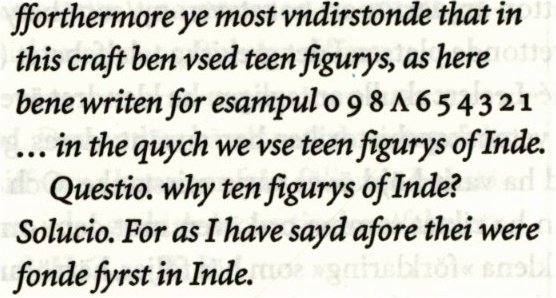|
RIGEL
Once again. Why should we count to 100? Because this follows from the fact the we human figures have 10 fingers (and 10 * 10 = 100). The decimal system is a digital (finger) system.
Why should we count to 100? Because 4 * 100 = 400 = 20 * 20. ... The Sacred Book of the ancient Maya Quiche, the famous Popol Vuh (the Book of Counsel) tells of Zipacna, son of Vucub-Caquix (= Seven Arata). He sees 400 youths dragging a huge log that they want as a ridgepole for their house. Zipacna alone carries the tree without effort to the spot where a hole has been dug for the post to support the ridgepole. The youths, jealous and afraid, try to kill Zipacna by crushing him in the hole, but he escapes and brings down the house on their heads. They are removed to the sky, in a 'group', and the Pleiades are called after them ...
Let's now count the distance from Rigel (*78) to Ca9-8 (*236).:
Haro. To pull; popohaga o te rua raá, i haro i te aka o te miro, on the morning of the second day, they pulled up the anchor of the boat. He haro i te hagu a roto, to draw in air, to breathe. He-haro te vaka i te au, the boat is towed off course in the current. Vanaga. a. to point, to raise the arm, to stretch out the hand or other member, to spread, to point the yards. b. to hoist, to pull up, to entice. c. to stiffen, to grasp, to squeeze. Haroharo, to point, to limp. PS Sa.: falo, to stretch out. To.: falo, to stretch out, to make tense. Fu.: falo, to stretch out, to lay hands on. Churchill. Hora. Ancient name of summer (toga-hora, winter summer). Vanaga. 1. In haste (horahorau). 2. Summer, April; hora nui, March; vaha hora, spring. 3. 'Hour', 'watch'. 4. Pau.: hora, salted, briny. Ta.: horahora, bitter. Mq.: hoáhoá, id. 5. Ta.: hora, Tephrosia piscatoria, to poison fish therewith. Ha.: hola, to poison fish. Churchill. Horahora, to spread, unfold, extend, to heave to; hohora, to come into leaf. P Pau.: hohora, to unfold, to unroll; horahora, to spread out, to unwrap. Mgv.: hohora, to spread out clothes as a carpet; mahora, to stretch out (from the smallest extension to the greatest), Mq.: hohoá, to display, to spread out, to unroll. Ta.: hohora, to open, to display; hora, to extend the hand in giving it. Churchill.
The table below seems to reveal the necessity of counting in pairs → e.g. Christmas Eve and Christmas Day.
It was Marduk who divided the night in half. ... Marduk, die Frühsonne des Tages und des Jahres, wurde eben wegen dieses seines Charakters der Lichtbringer am Weltmorgen. Marduk, der die leblose, chaotische Nacht, die keine Gestaltungen erkennen lässt, besiegt, der den Winter mit seinem Wasserfluten, den Feind des Naturlebens, überwindet, wurde der Schöpfer des Lebens und der Bewegung, der Ordner des Regellosen, der Gestalter des Unförmlichen am Weltmorgen ... Die Sonne, die des Morgens das Weltmeer durchschreitet und besiegt und das Licht bringt, lässt aus dem Chaos der Nacht zuerst den Himmel, dann erst die Erde hervortreten, spaltet das gestaltlose Reich der Nacht in die zwei Hälften, den Himmel und die Erde ... However, daytime (broad daylight) could still be counted as a unity, which possibly is illustrated in the outline of the Cancer constellation, where north indicates the region of the northern Sun and south represents the night down in the south.
|
|||||||||||||||||||||||||||||||||||||||||||||||||||||||||||||||||||||||||||||||||||||||||||||
.jpg)







